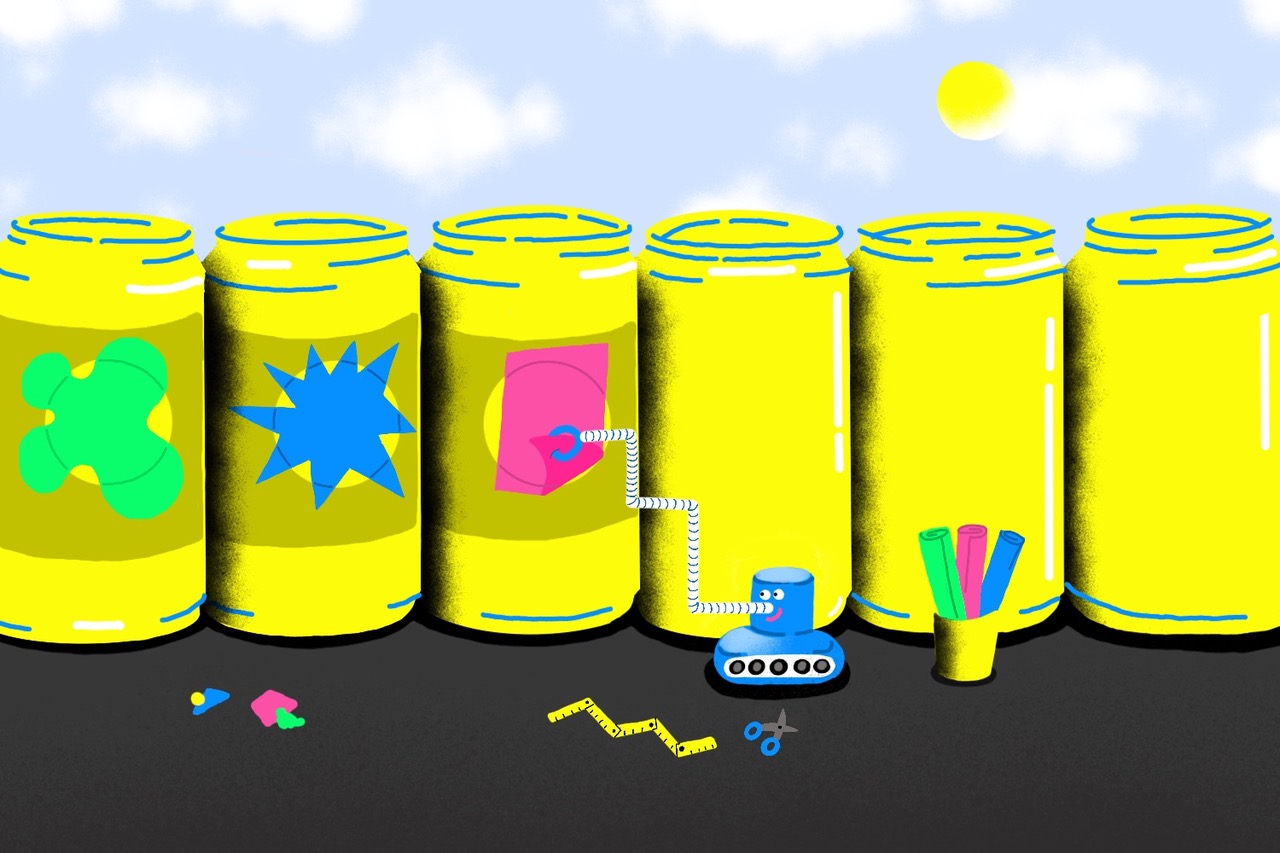Global CPG brands have a massive challenge with building and activating campaigns worldwide. Even if the central creative team is a well-oiled machine that quickly and efficiently produces campaign assets, that doesn’t always mean that the creative actually gets used in markets. Why is that? Local cultural nuances and differences in media plans can create a situation where central assets aren’t fit to launch regionally. This creates a digital landfill of assets that cost a lot of money to make but never get used.
In this blog, we discuss how CPG marketing organizations can improve market adoption and activation, creative quality, and brand consistency. The answer is modular creative for global campaign toolkits.
What Is Modular Creative?
Modular creative is a new creative production approach. The old way of producing global campaign toolkits includes making countless individual fixed digital assets, shipping them over to local marketing teams, and hoping for the best that matches their needs. With a modular production approach, brands develop just a few modular templates that can be automatically adapted to local needs with interchangeable components. All it requires is Creative Automation software to enable this way of working.
What are some of the benefits? With modular creative, CPG marketing teams have greater flexibility, increased relevancy, improved governance, and increased speed at a lower cost without additional work. Below, we discuss the process step by step.
The modular creative workflow for CPG
Let’s discuss a hypothetical CPG global campaign toolkit use case: the fictional Hannah haircare brand needs to launch its newest Volumizer line across the US, Germany, the UK, Ireland, France, Spain, and Italy. Each country has multiple target audiences and ethnicities. This is how the Hannah marketing team can create all these assets fast and without spending big on production:
Step One: Listing Out the Assets Needed
The global Hannah marketing team collaborates with global and regional media departments. They’ll list out the modular digital assets the media plans require for the Volumizer launch.
Step Two: Content Inventory and Messaging
Once the asset needs are defined, the marketing team will review the current brand assets available for the Hannah Volumizer line: for example, TVC and other video content, key visuals, and key claims for each product in the launch. These will help inform the central and regional copywriters and localizers to help them craft unique messaging variants for different audiences.
Step Three: Templatizing Designs
This is where the design process begins. In software like Celtra, designers can set the look and feel for the modular template and define the variable components. The Hannah team can also reuse the main design template as a basis to communicate to different audiences, and they don’t need to create variants from scratch.
The template helps guide the Hannah team to execute their digital storytelling across languages and markets. The central design team can lock in certain design template elements (think layouts and layers). This helps the brand maintain a consistent look and feel globally.
Step Four: Localization and Production
Once the design templates are ready, it’s instantly available to use in markets as everything is stored in the cloud. The basic premise of Creative Automation is to separate content from the design template. Variant information, such as different product or model shots, messaging variants, and translations, are organized into a dynamic “spreadsheet” called the Content Feed.
After connecting the template with the Content Feed, the software is now ready to produce the formats, sizes, and language variants for each market. The local marketing teams can even do so autonomously, and central teams can review the creative assets to ensure consistency. If the teams need to make changes, they’re automatically adapted across variants.
The benefits of automation in global campaign toolkits
It pays off to move your toolkit production to the cloud. CPG brands save both time and money by transforming their entire workflow, local market activation, and distribution with Creative Automation. What’s more, brand governance is much simpler. Stakeholders can review, comment, and approve assets in any market, all from one place.
Here is how Celtra does it:
It’s time to stop contributing to the creative asset landfill. With Creative Automation, your CPG content is easily accessible, and collaboration with regional teams is simpler than ever.
Celtra is used by many CPG giants, including Unilever and Lazada. Talk to us to learn more.

